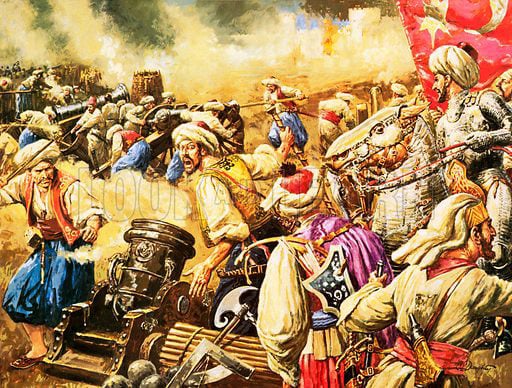1557, August 21
Jean Parisot de Valette
Jean Parisot de Valette is elected Grand Master of the Knights of Malta.
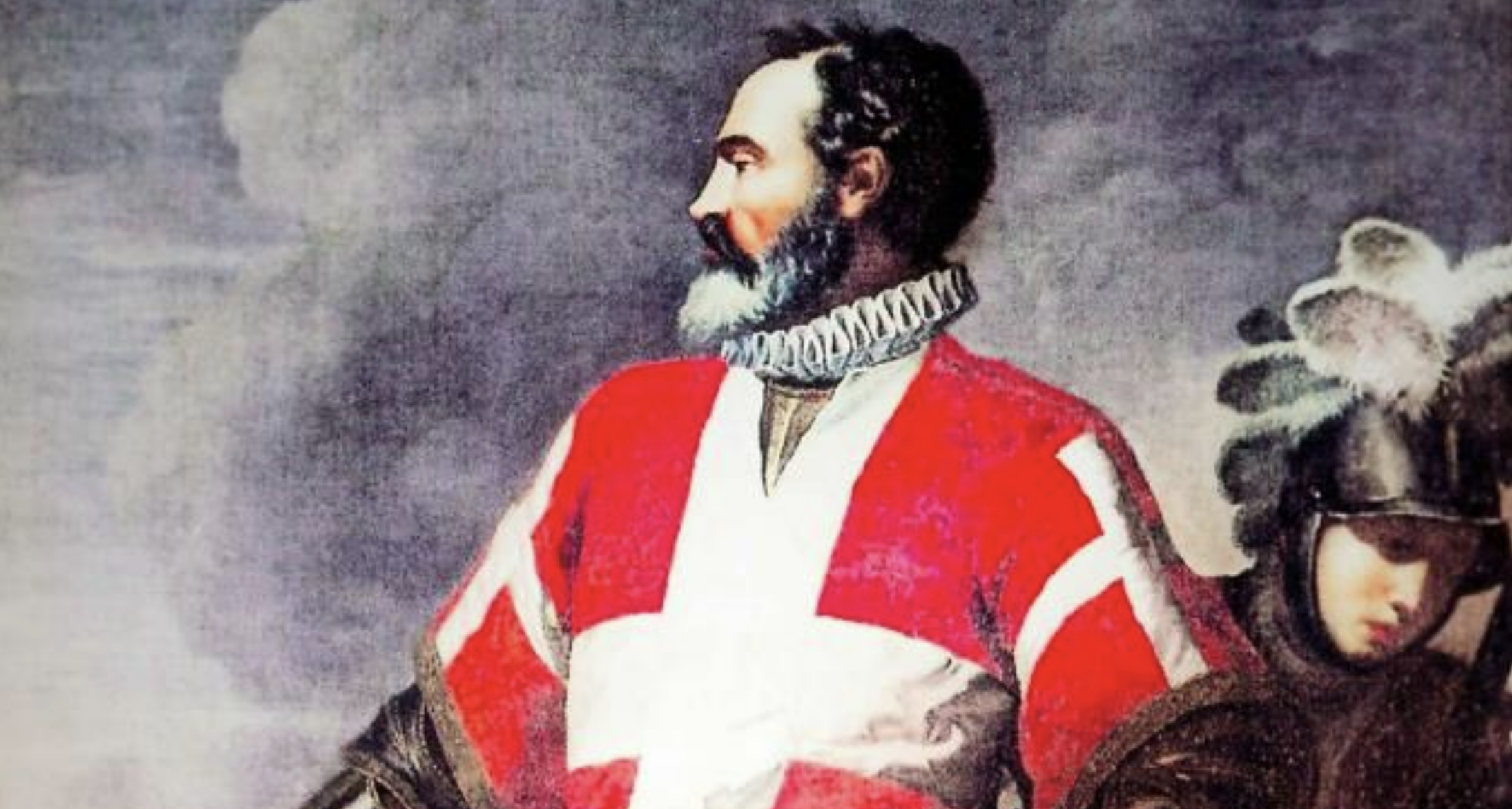
1557, August 21
Jean Parisot de Valette is elected Grand Master of the Knights of Malta.

1553
Juan de Vega prohibited exportation of wheat to Malta so mills were built to prevent starvation.
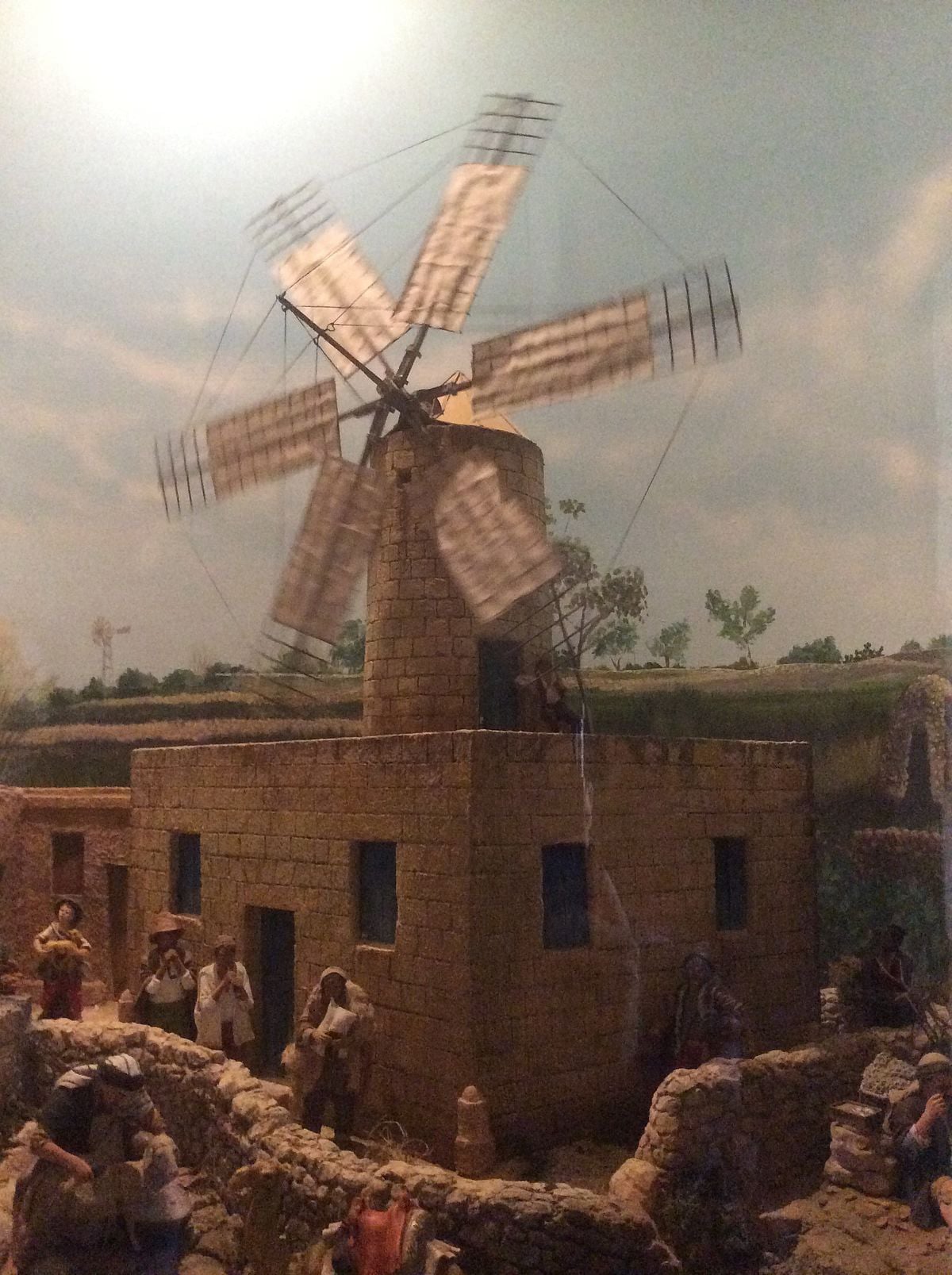
1553
Charles V offered Mahdia to the Order of Saint John but the Order declined, so he ordered the destruction of the city.
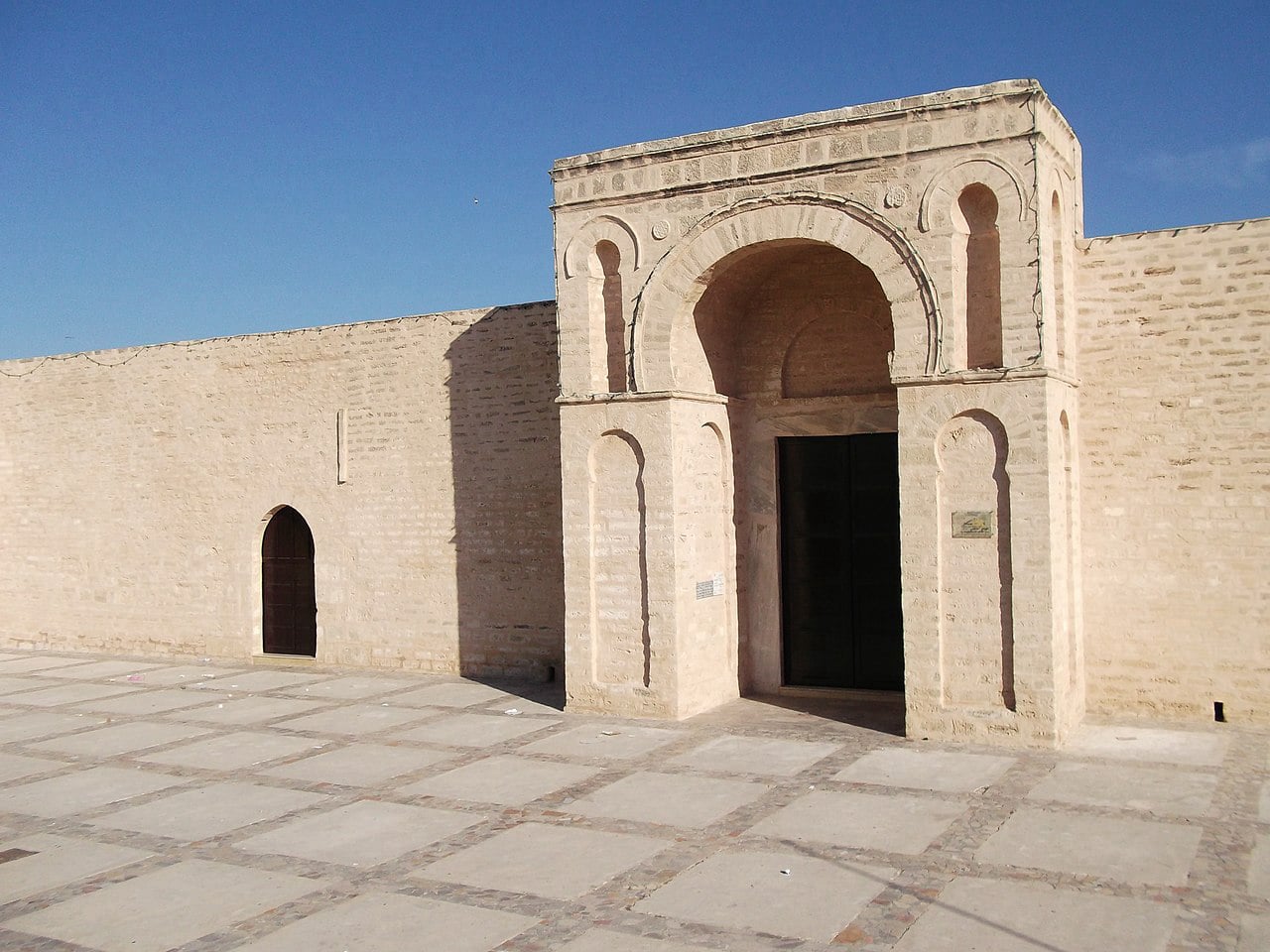
1552, April
Fearing further razzias by Turks and Barbary corsairs, one thousand Maltese flee Malta, seeking refuge in Sicily.
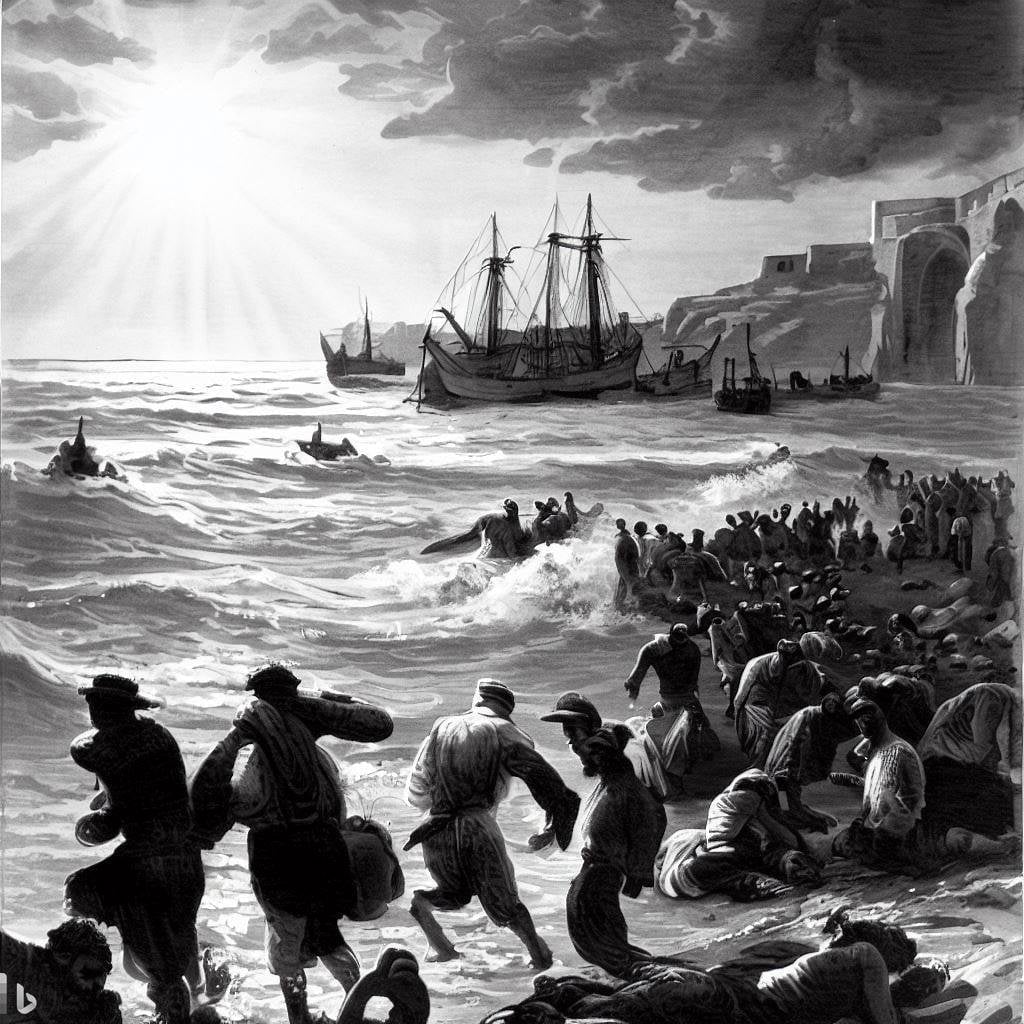
1552
Construction of Fort Saint Michael, in Senglea.
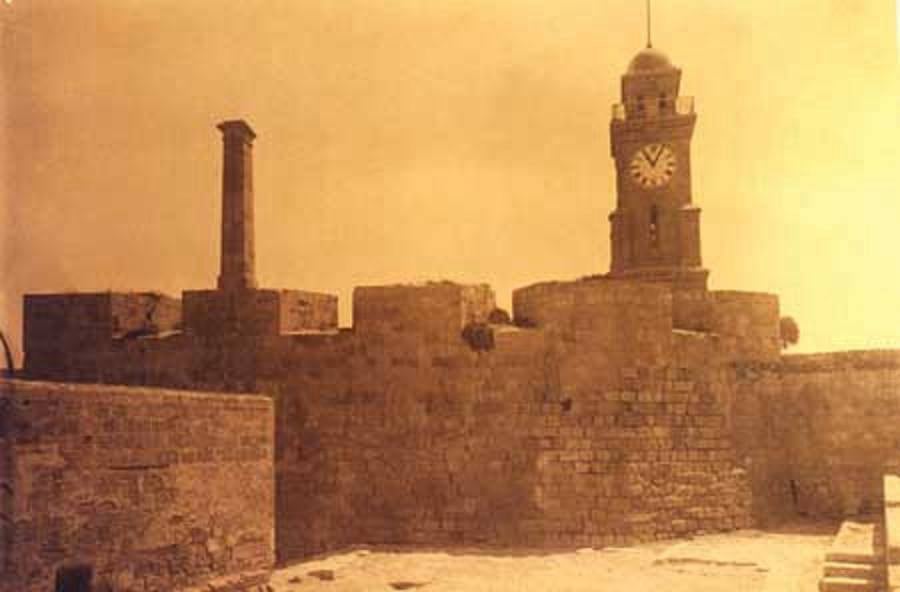
1551
Pope Julius III suggests that the Knights should abandon Malta, and retreat to Messina or Syracuse.
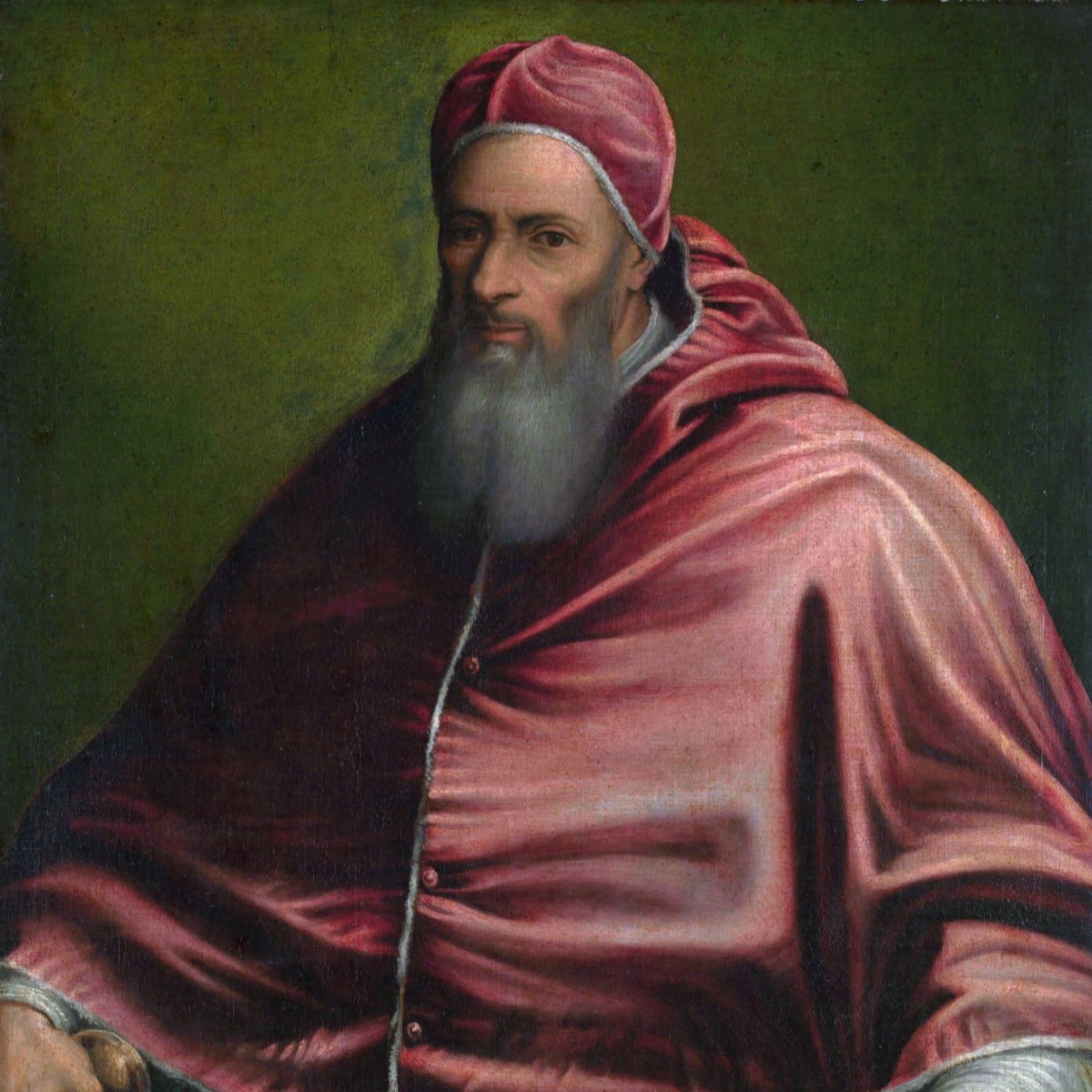
1551, August 15
The Knights' local governor, Gaspar de Vallier, negotiates a truce that ensures safe passage from Tunis to Malta for the Knights of the garrison, but excludes the Maltese, Calabrian and Rhodian soldiers, who are auctioned off into slavery by the Turks.
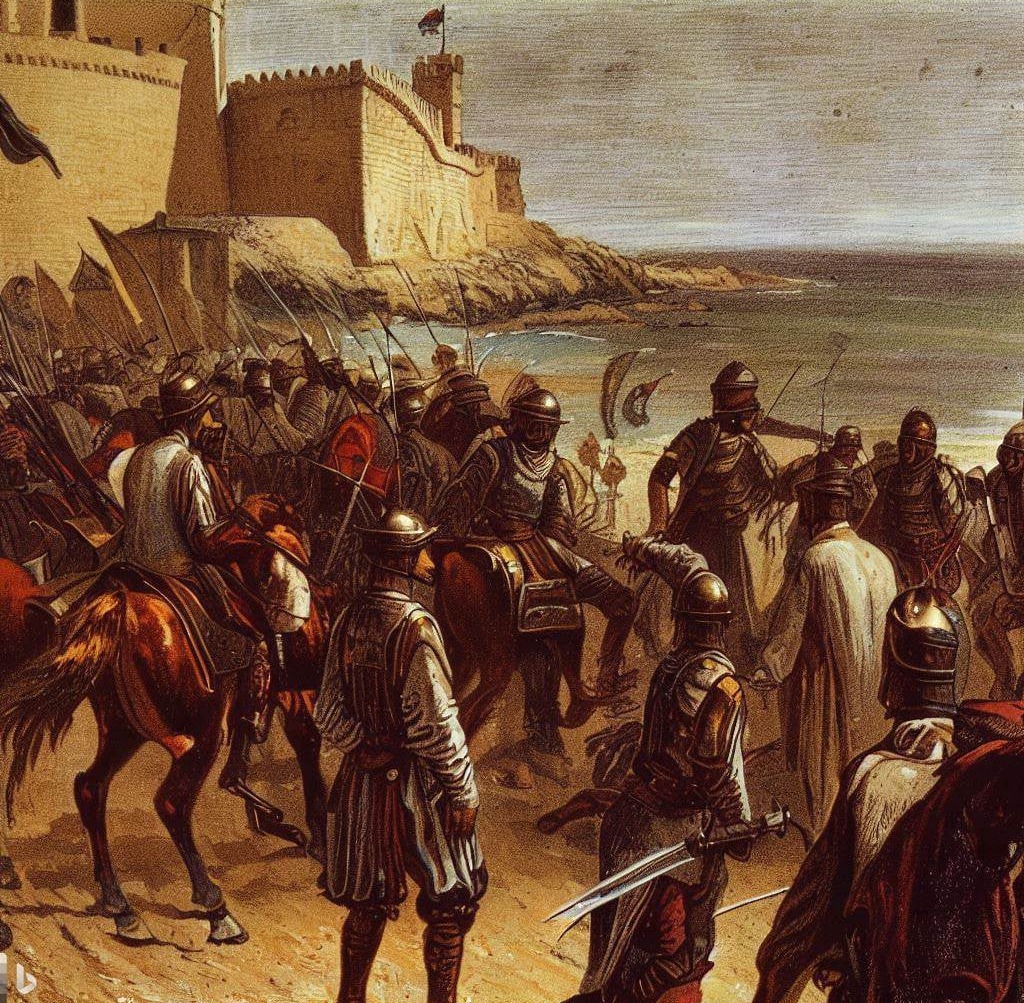
1551
Turgut sails south to Tripoli, and conquers the Knights' fortress.
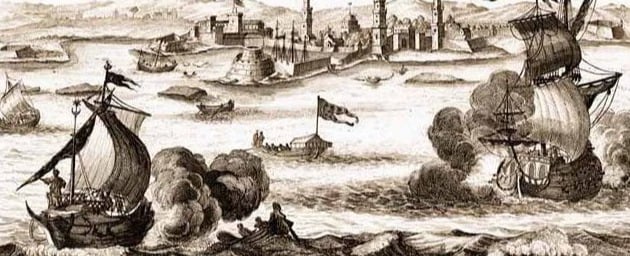
1551, July
Razzia on the Island of Gozo by the Turkish invaders; the Knights' local governor, Galatian de Sesse, surrenders the Citadel; almost all the inhabitants of Gozo (some 5,000 to 6,000 people) are enslaved, and transported to Tarhuna Wa Msalata in Libya from Mġarr ix-Xini.
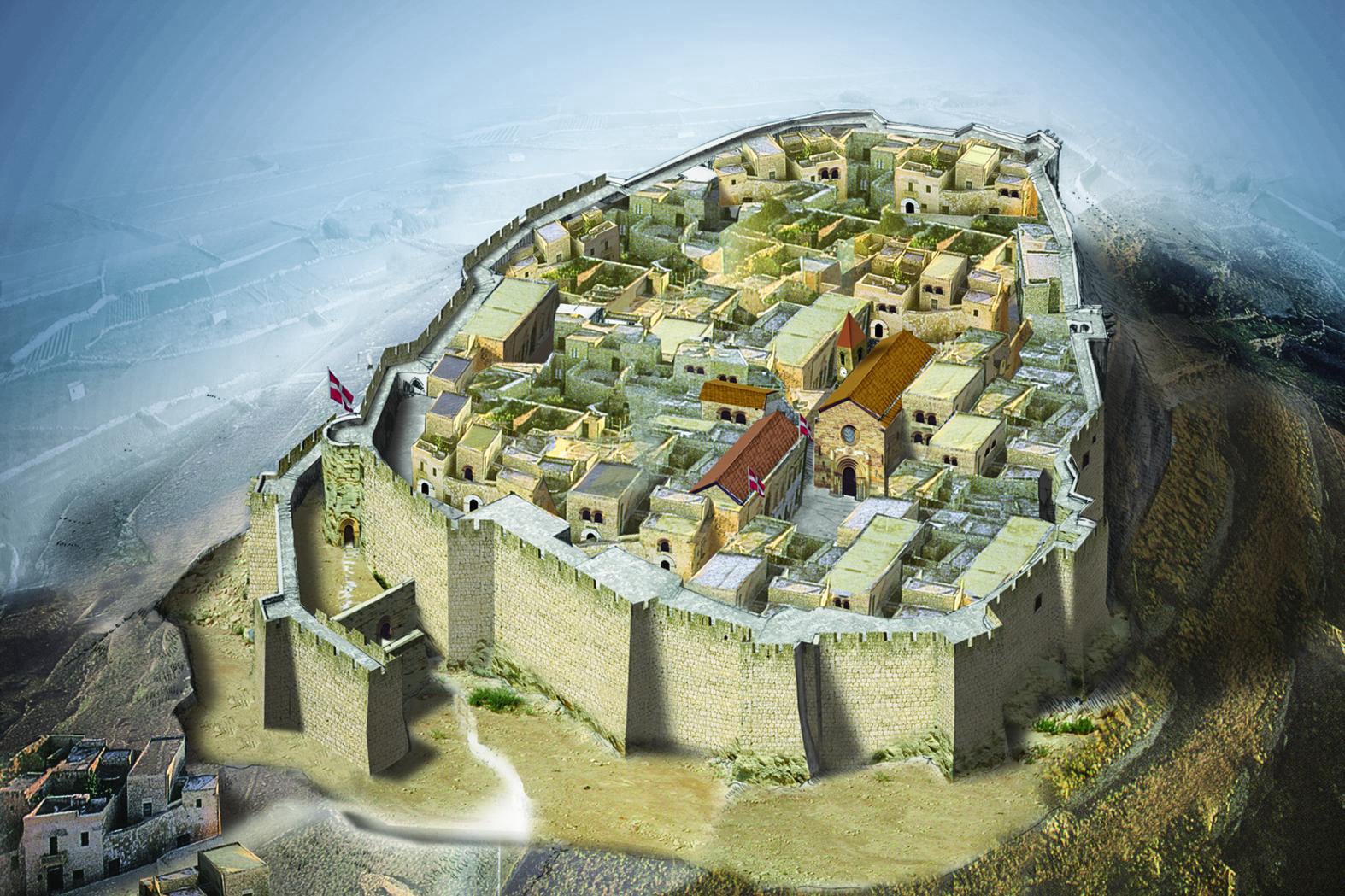
1551, July
The Turkish invaders abandon the harbour area and sail north to St. Paul's Bay, and stage a short-lived siege on Mdina.
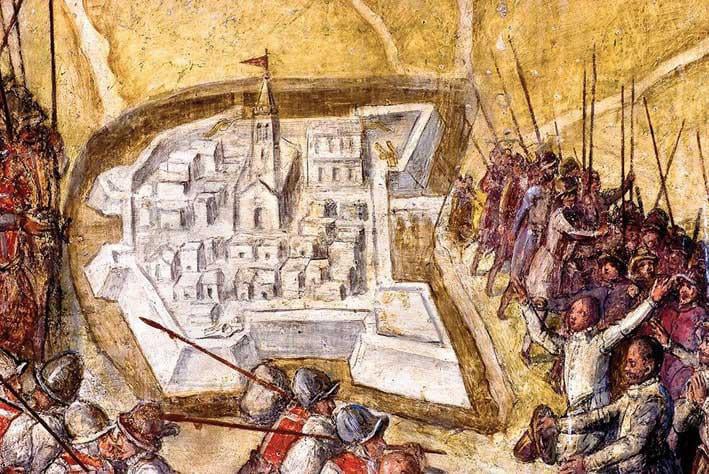
1551, July 18
Ottomans and Barbary pirates attempt to capture Malta, landing some 10,000 men at Marsa Muscietto.
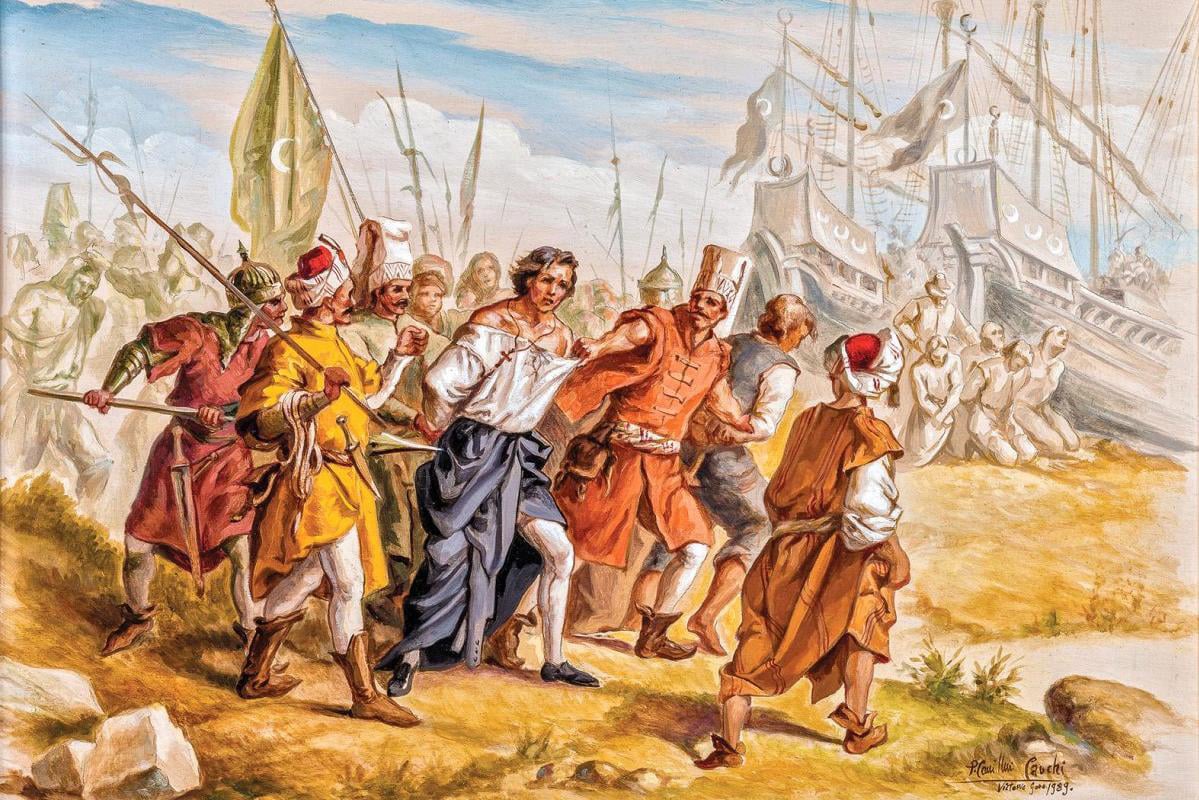
1551, May
Ottomans and Barbary pirates under the command of Turgut Reis and Sinan Pasha commence a series of attacks on eastern Sicily and Malta, in revenge for the events in Mahdia.
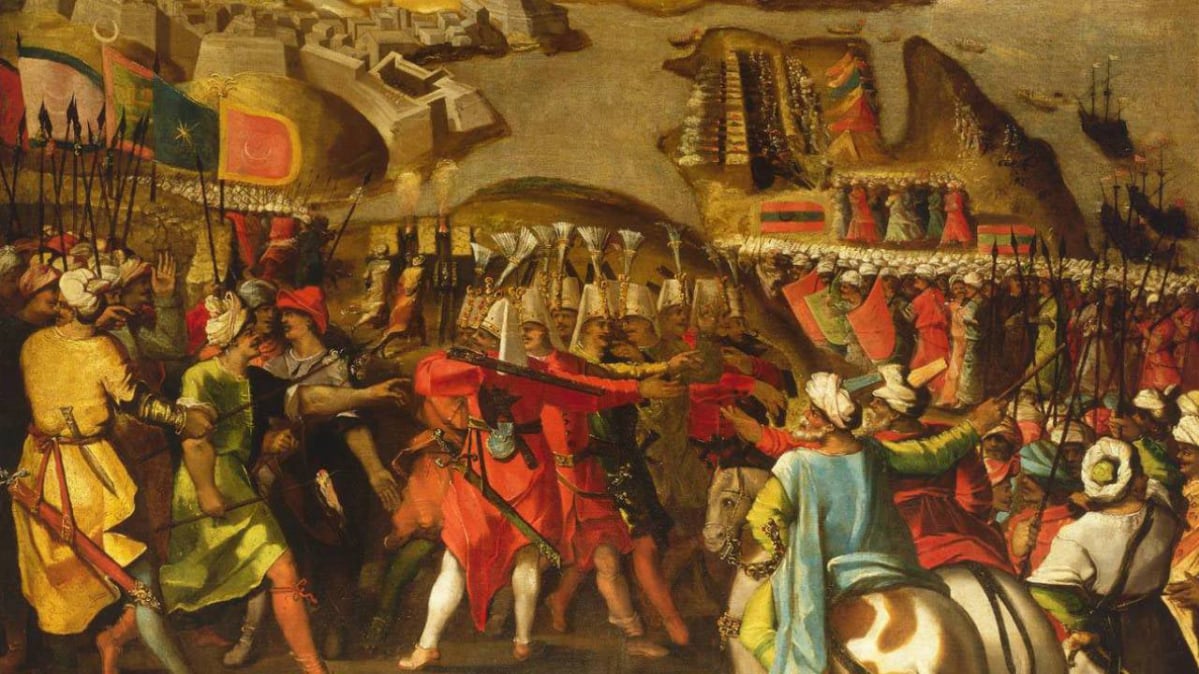
1550, June
Andrea Doria and Claude de la Sengle, bailli of the French langue of the Knights, capture and massacre the population of Mahdia, in Tunisia. (to September)
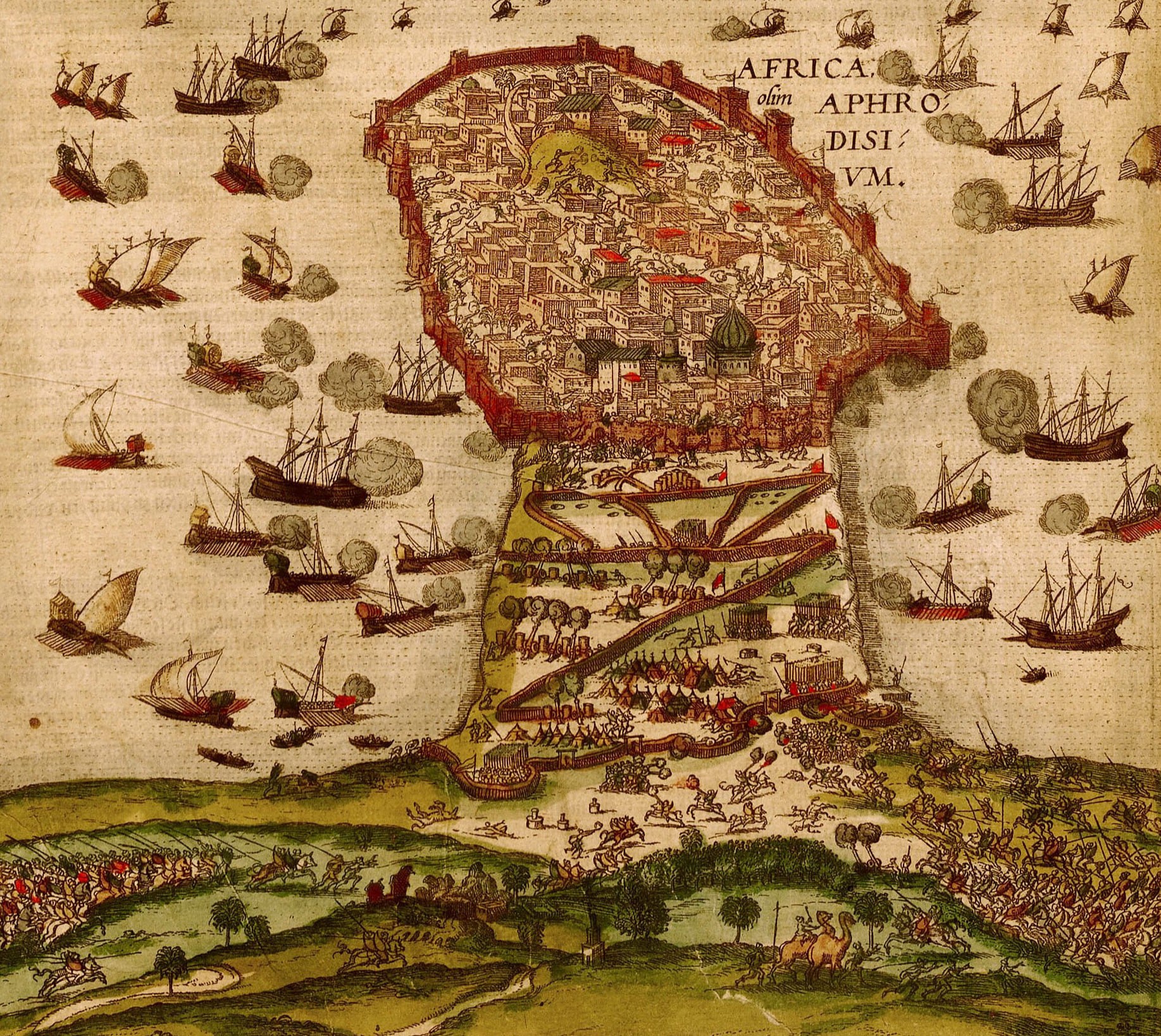
1547
Attempted invasion of Malta at Marsaxlokk, by Ottomans and Barbary pirates under the command of Turgut Reis.
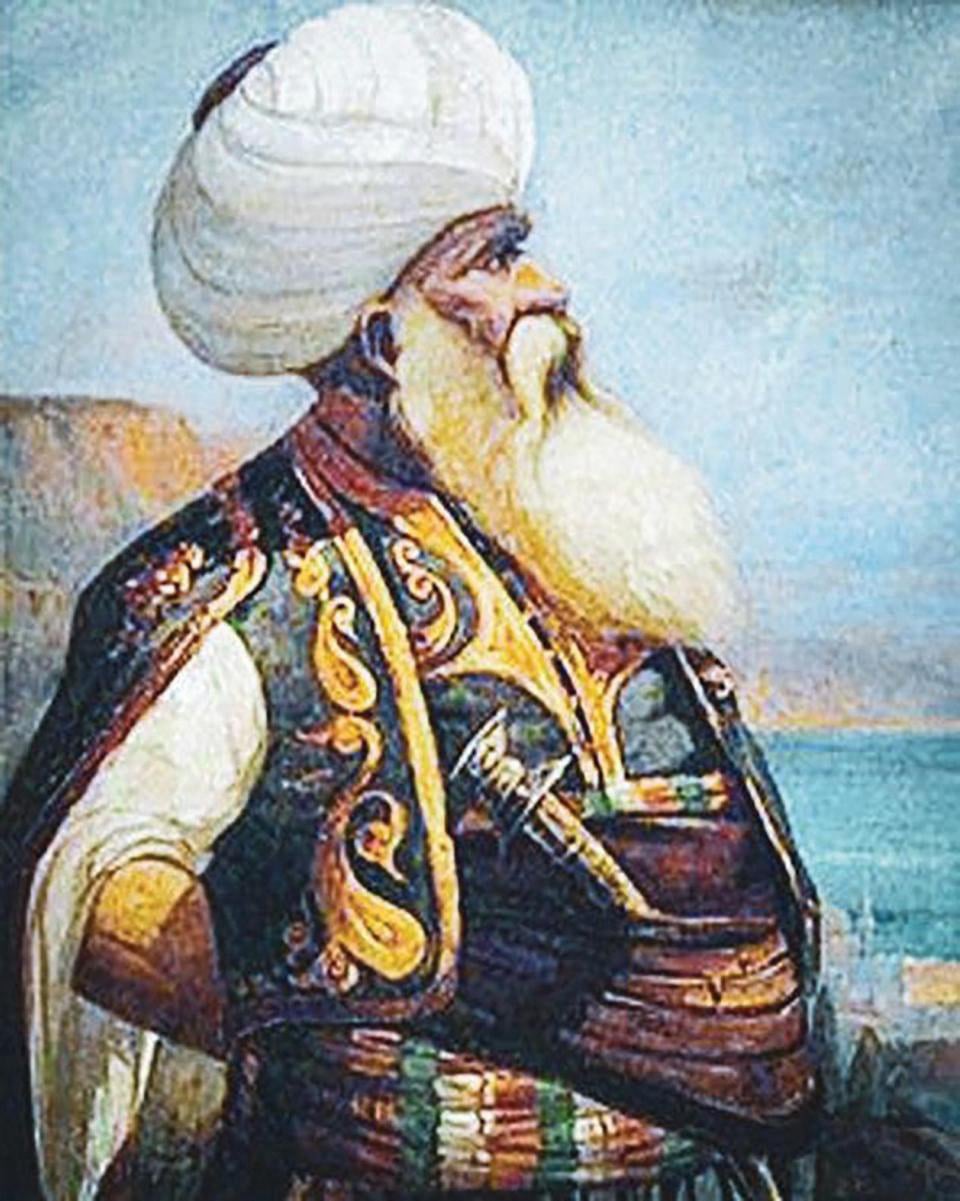
1540
Increasingly frequent razzias on Malta and Italy by Ottomans and Barbary pirates. (to 1551)
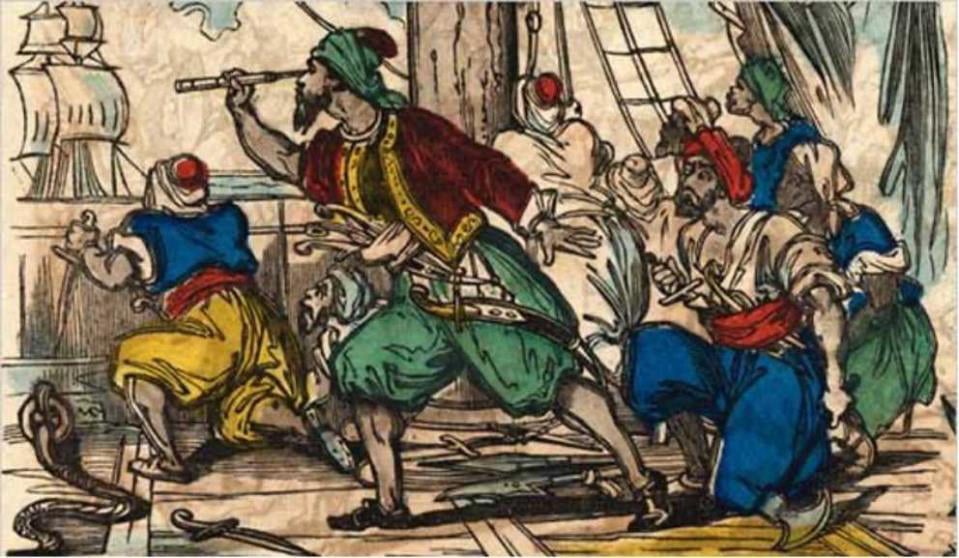
1535
First known celebration of Carnival in Malta.
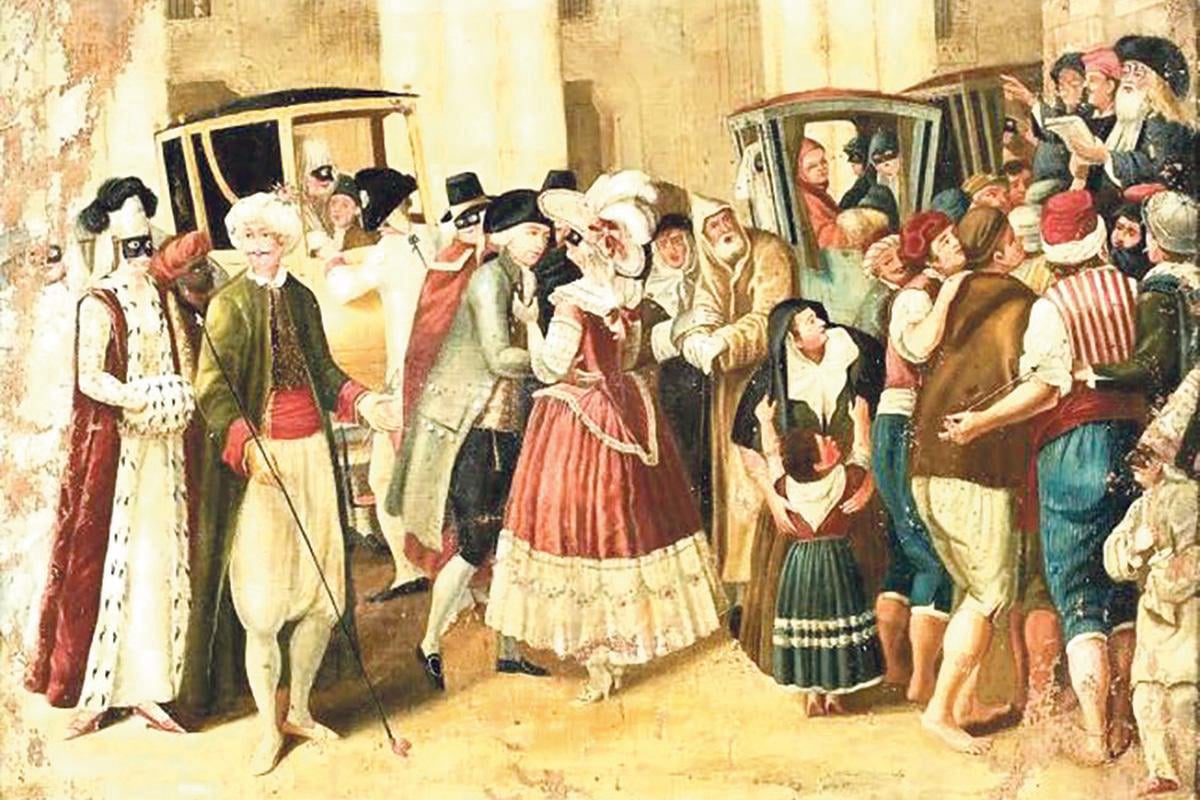
1533
Fortification and development of Fort St Elmo, on the tip of the Sciberras Peninsula (now, Valletta).
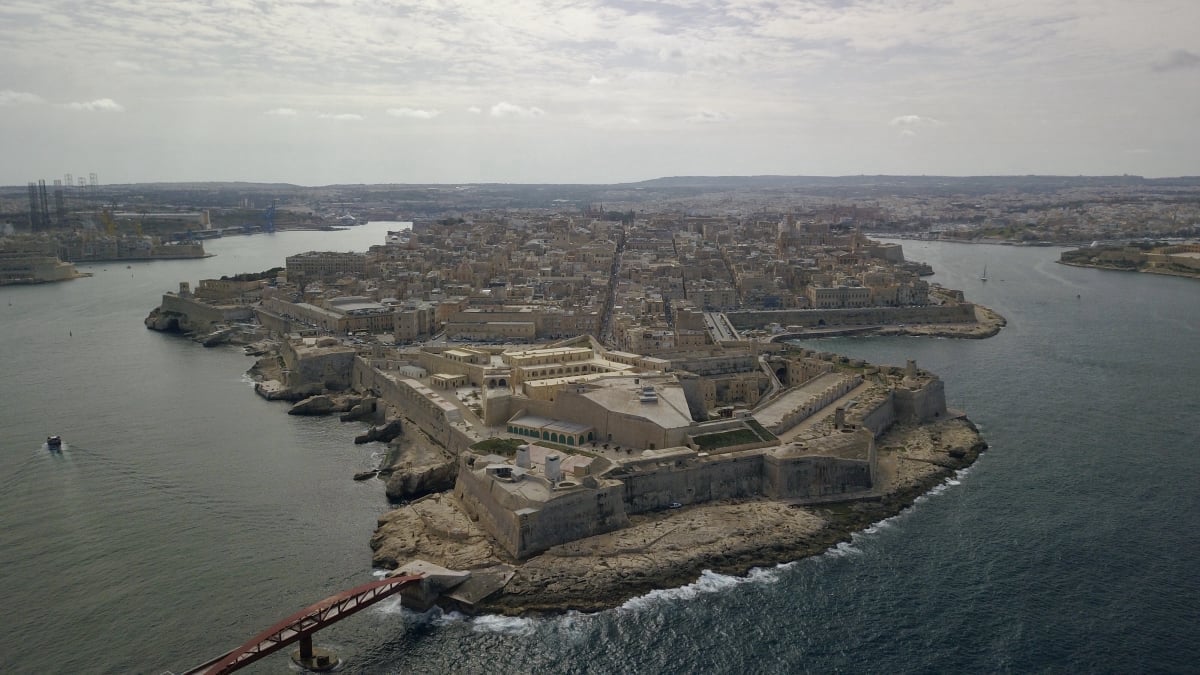
1531
The Knights stage their first attacks from their new naval base in Malta, forming part of a Christian fleet under the command of Admiral Andrea Doria in attacks on the Turks at Modone, on the Ottoman fort at Coronna and, in 1535, on Tunis.
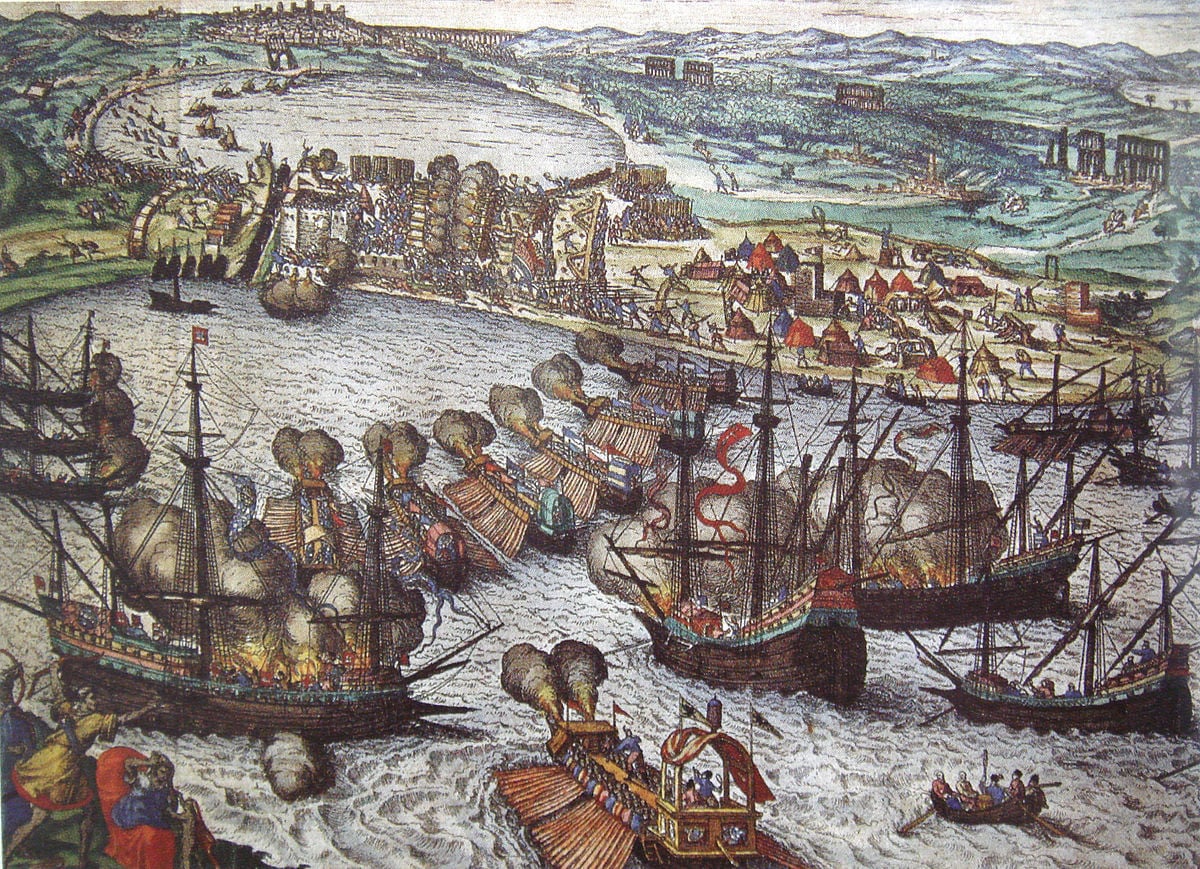
1530, October 26
In an effort to protect Rome from Islamic invasion, Emperor Charles V grants the Maltese Islands to the Knights of St. John of Jerusalem in perpetual fief.
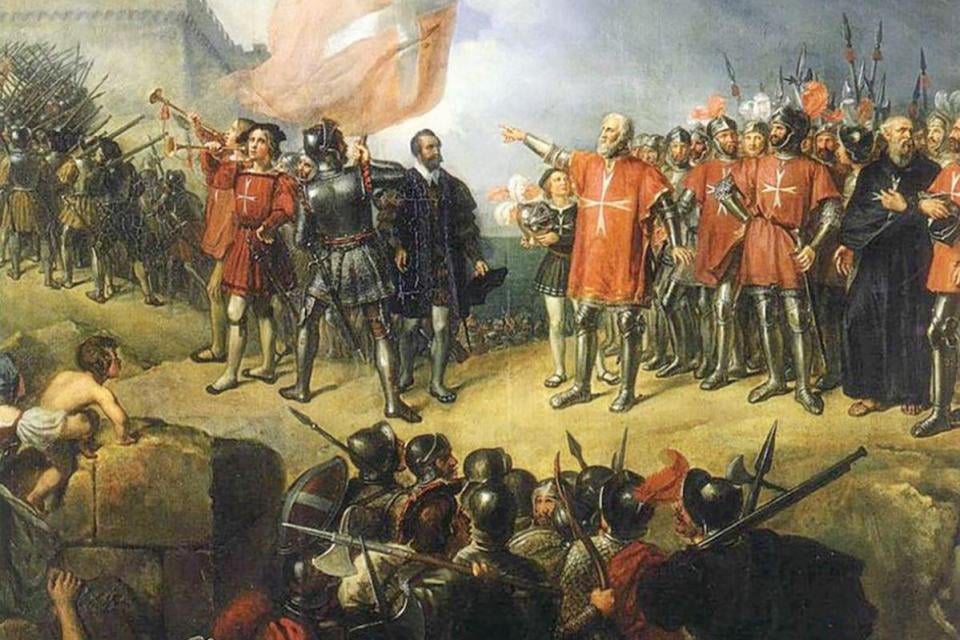
1522
Suleiman I drives the Military Hospitaller Knights of St. John of Jerusalem out of Rhodes.
